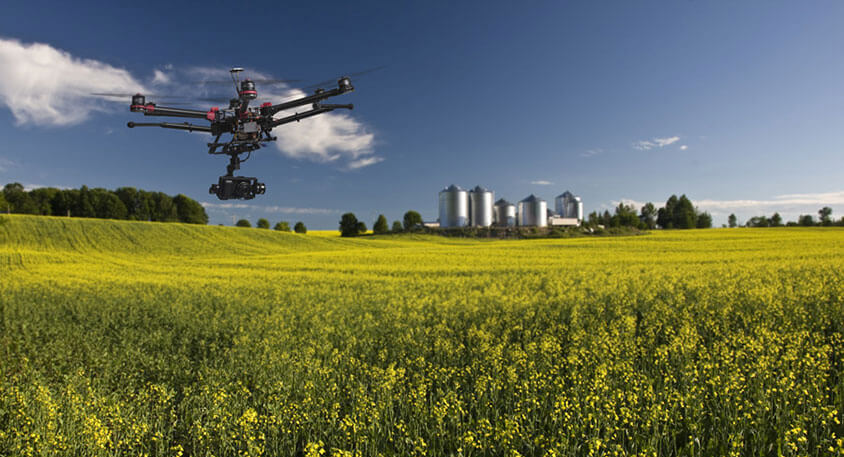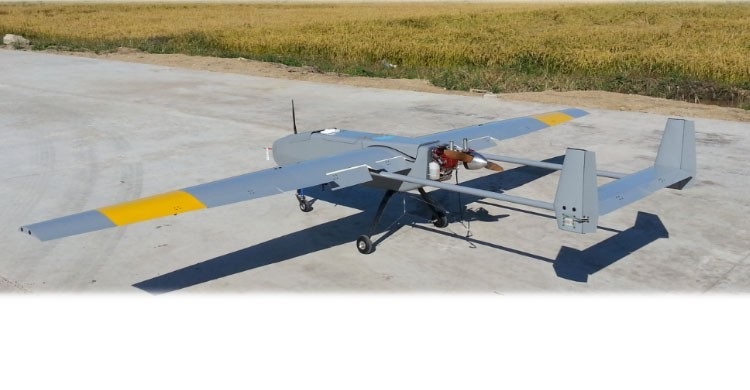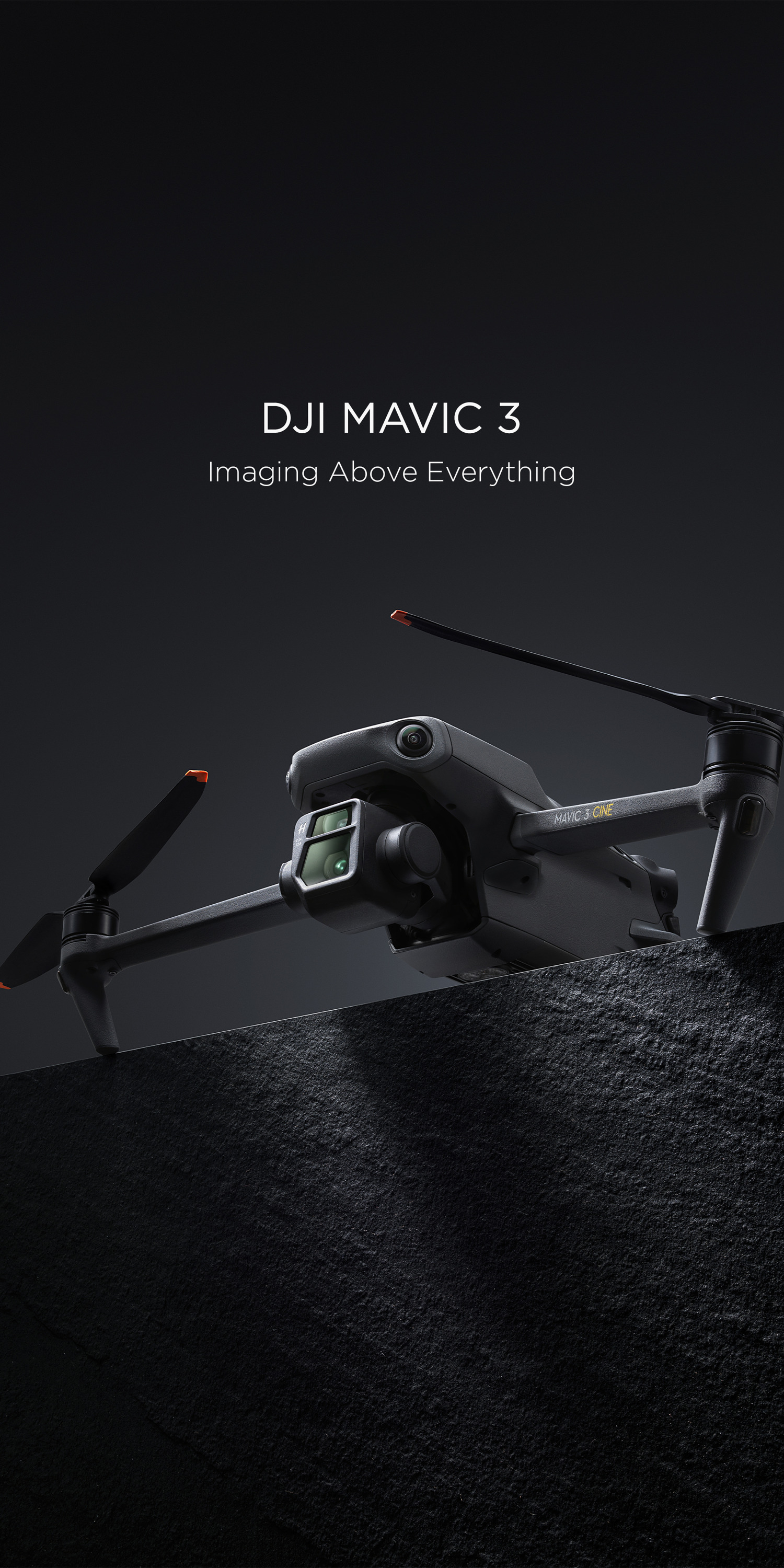
Tri-C(r), which is a course that trains drone pilots, can be used. These are some tips to help you learn how to fly drones safely. Tri-C(r), if you don’t have enough money, there are many other options. Free drone training is available to beginners. This article will help you learn how to train drones by yourself using a free drone training course.
Tri-C (r) offers courses
Drones are becoming more popular because of their versatility. Tri-C offers many training programs to help students fly drones for different industries. The drone pilot training course is designed for first responders, firefighters and law enforcement officers. Students will learn about drone laws, thermal-infrared technology, as well as a range of drone applications. You will also be able to fly the drone in the course.
Courses offered by Tri-C(r), a nonprofit training center, are led by certified expert flight instructors with professional experience in law enforcement and industrial settings. The college has partnered the Ohio Department of Transportation with the FAA to create a standard policy for drone law enforcement. All who complete the program will receive a certificate. However, contract training is often more cost effective than open enrollment courses.

Cost of courses
Another important factor to consider is the location. The Civil Aviation Safety Authority (CASA) requires manufacturers of UAVs to offer training to pilots. These courses generally last for two to three hour and include a CASA-approved syllabus as well lessons on safe landing and flying. A 1-hour class is the most common, but you have the option to attend an in-person class if necessary. However, it's important to note that this option will cost more.
The cost of drone training courses varies greatly depending on the type of course you choose. A basic course will cost you $50, while professional courses can cost from $1,500 to $3,000. A classroom course will usually be cheaper than online courses. Online courses are available at a range of prices. They can start as low as $50 or go up to $150. You can also find drone training courses for beginners for around $125 or less.
There are many ways to train drones
Many options exist for training drone operators as more people are interested in commercial drone operation. UAV Coach, one of the many drone training companies, offers courses. These courses don't provide hands-on instruction and do not address the science behind drone technology. UAV Coach has a course available that may suit those interested in becoming a commercial drone operator. The regulations surrounding commercial drone operation should also be understood by drone operators.

Although there are many training programs, it is essential that pilots receive formal training. Although there are many courses, the best training for drone pilots is formal. These courses teach them the necessary skills for their chosen profession. They will learn how to recognize restrictions in airspace and comply with regulations. They also learn about drone legal issues. They should be able to avoid violating any local or national regulations through these programs.
FAQ
Are drones allowed at public events?
The rules are not required for drone flying. The event organizers will require approval if you plan on flying your drone during a public event like a parade, festival, concert or other similar event.
Can my drone be flown in my local park?
Yes, you can fly drones in parks throughout the world. However, there are some countries that prohibit drone flying in parks. You can fly drones legally in these places.
With a drone, can someone spy on me?
Anyone can spy on you with a drone. The only way to protect yourself from drones is to be aware of them and avoid areas where they may fly. If you notice a drone flying around, call 911 immediately.
What laws govern flying drones in the United States?
In the United States, the Federal Aviation Administration (FAA) regulates all aspects of drone operations. A certificate issued by the FAA is required to commercially operate a drone. You must then complete a course on piloting skills and pass an examination. You will then need to pay an agency fee.
Traveling with a Drone?
Drones are increasingly becoming popular both for personal and commercial use. They can be used for photography, filming and aerial mapping. Recently, the FAA approved new regulations for drones, including requirements for registration, licensing and pilot training. These changes will ensure that drones continue to be safe for all.
Statistics
- According to ZipRecruiter, the minimum hourly wage of drone pilots is $20. (thedroneu.com)
- With the top 10% making over $100/h and the bottom 10% making as low as $10/h. (dronesgator.com)
- According to industry research from ZipRecruiter , there are 10 cities where the typical salary for a Drone Pilot job is above the national average. (dronesgator.com)
External Links
How To
How To Fly Drones For Beginners
A drone can be used to fly remotely controlled aircraft for photography, surveillance, scientific research, hobby and commercial purposes. Drone technology has been around since World War II. DJI's Phantom series of quadcopters was the first to be commercially used. There have been many types of drones since then, including beginner-friendly drones like the Parrot AR Drone 2.0 and professional-grade multi-rotor crafts like the DJI Mavic Pro.
There are many ways to fly a drone.
-
Remote control - This allows you to control the drone from your hand. There are two main types: Joysticks (like a radio), and On/Off switches (like an alarm clock).
-
Manual Control – This allows remote operation of the drone via GPS coordinates using a smartphone application. Follow the instructions of the app to track the exact location you want the drone go.
-
Autonomous Flying - This allows the drone to take over all of the piloting duties. It is basically flying autonomously and without human intervention. For the autonomous flight to occur, the drone must have a built-in camera and sensors capable of capturing images and data.
-
Triggered flight - This is similar to manual control except that the pilot sets up a preprogrammed route and the drone follows the route until it reaches its destination. Once the programmed route has been completed, the drone returns to the base automatically.
-
Landing Gear: Some drones have landing gear that allows them safely to land in case they lose power or run low on battery.
-
Goggles – Pilots often wear goggles while flying to keep themselves safe from any debris.
-
Camera - Certain drones come with cameras that allow you to take photos and videos from high above.
-
Obstacles: Some drones are equipped with obstacle avoidance systems to prevent them from hitting obstacles.
-
Speed - Some drones can reach speeds of over 40 mph.
-
Battery Life - Most drones are capable of lasting between 20 minutes and three hours, depending on the power that you use.
-
Distance - Some drones can travel up 30 miles depending on the model.
-
Power source - Some drones require an external power source; others work off internal batteries.
-
Weight – Some drones are less than one pound, while other models can be up to four pounds.
-
Size - The size of drones varies from small, easily carried devices to more substantial crafts that weigh in excess of 50 pounds.
-
Price – All drones fall into a price category. These range from expensive models that cost thousands to affordable options that start at 100 dollars.